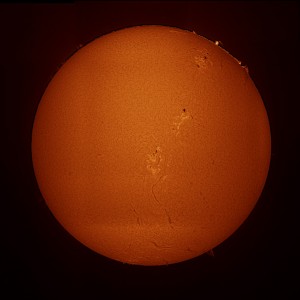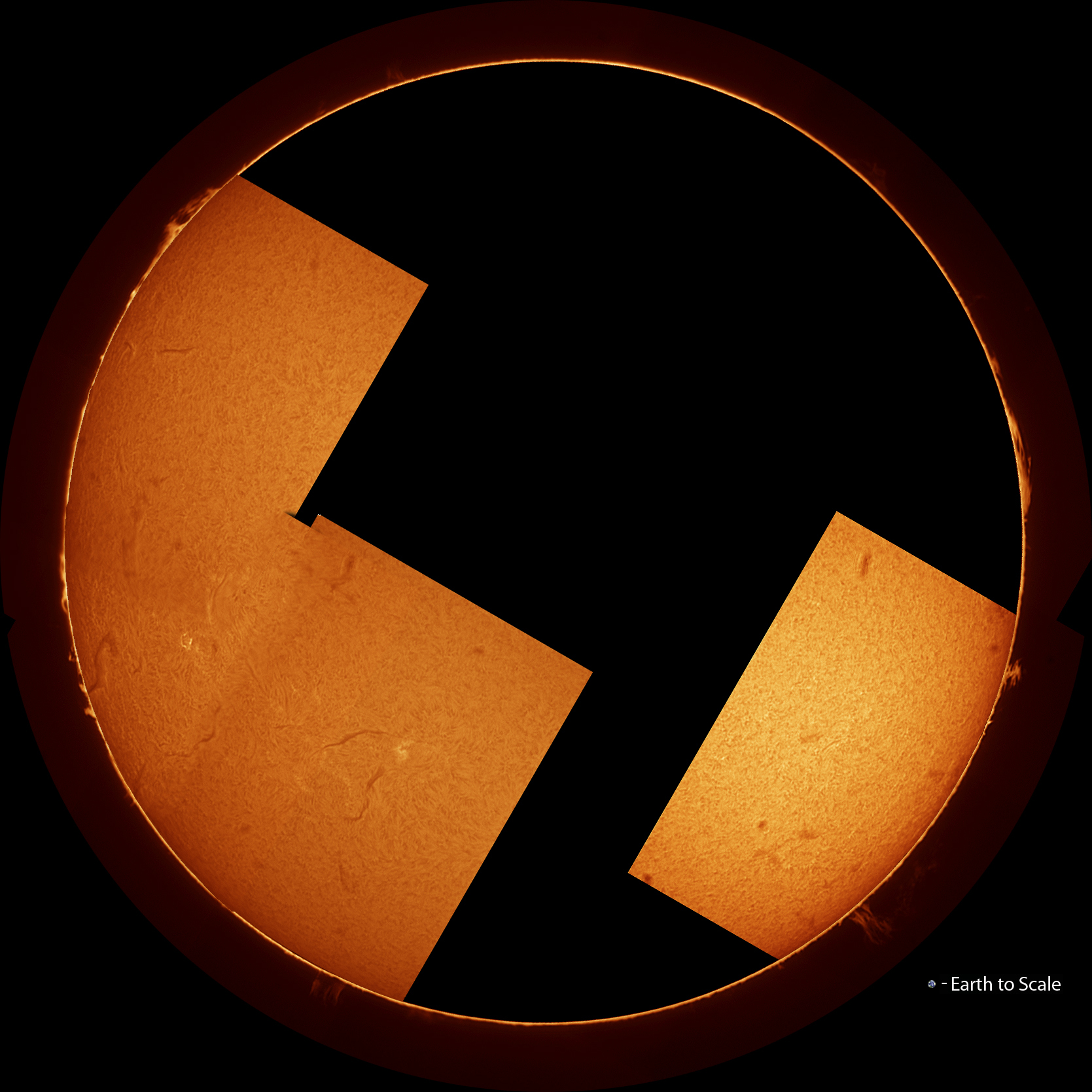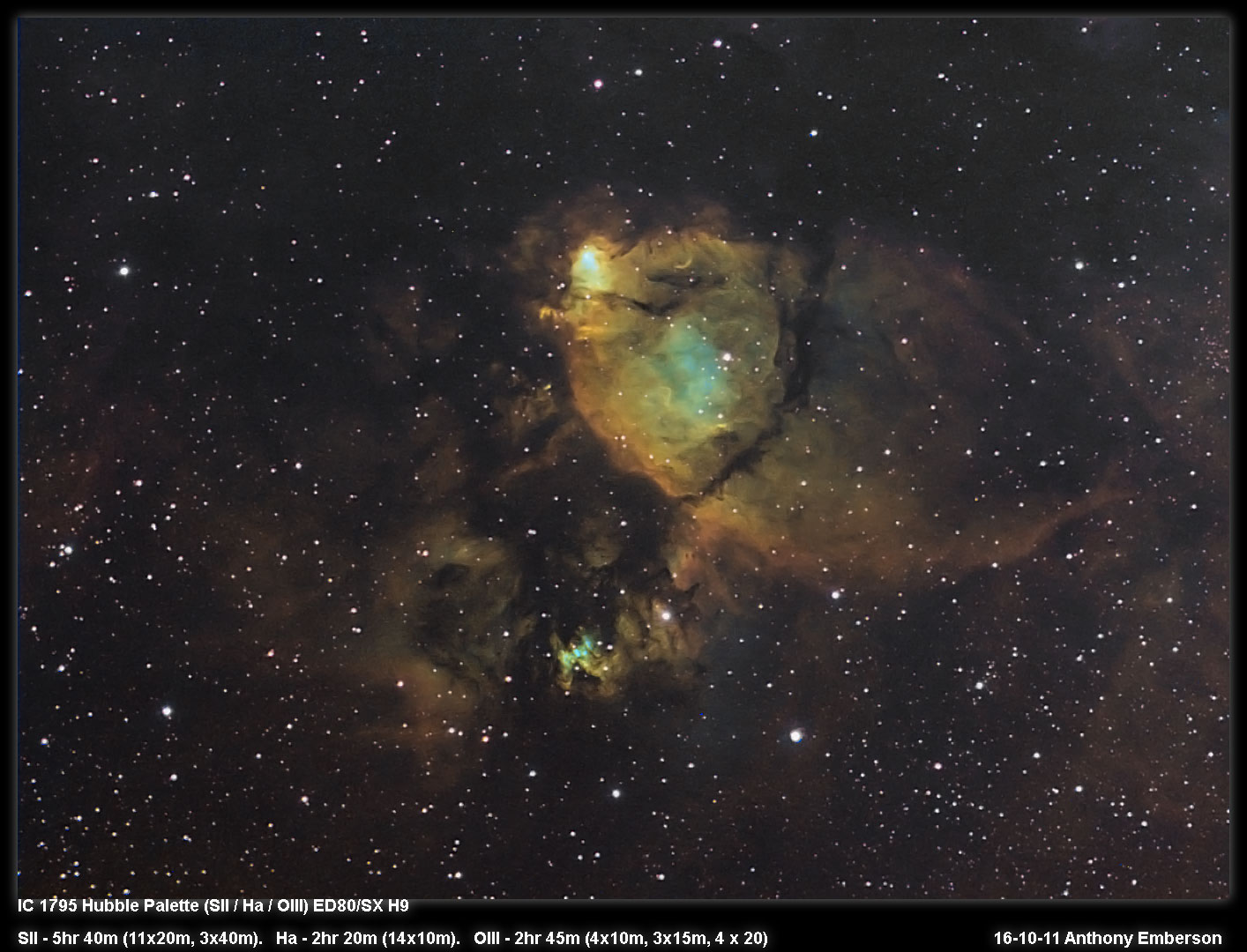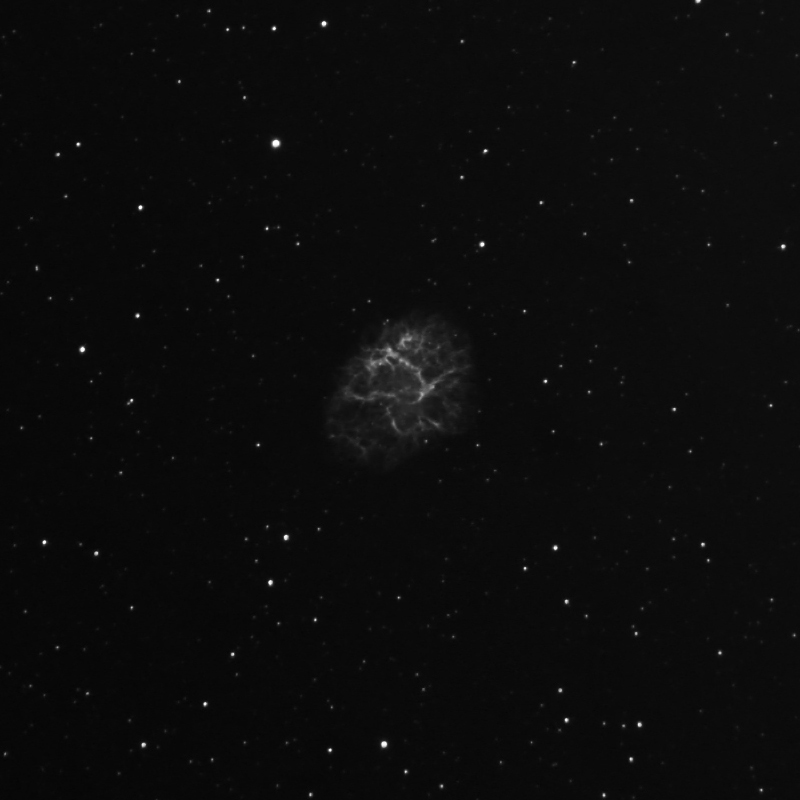Saturn wasn’t really worth the effort, and the image that I got confirms that!
It was also the night for the Lunar X, another first for me. Never seen the X before – wasn’t sure that I’d know it if I saw it – but I didn’t really need to worry.
Lastly I’ve just received a new Skyris camera on loan from www.Firstlightoptics.com, cheers Steve :). Installed the new software that came with it for the ICcap and the drivers and noticed that they include Registax 6.7
Having stuck with R5 for sometime I thought I’d install it and give it a go. The following is the same AVI stacked in R5 and R6 using the same saved Wavelets settings.
R6 does indeed appear to be better.












